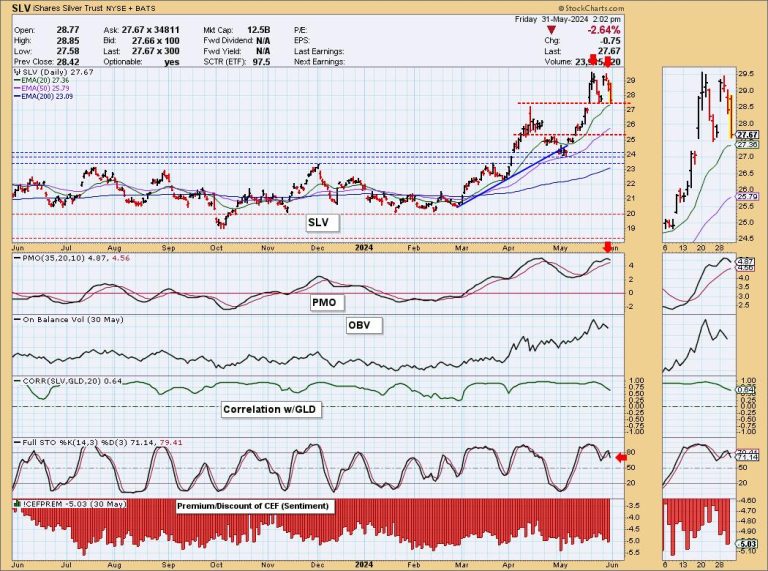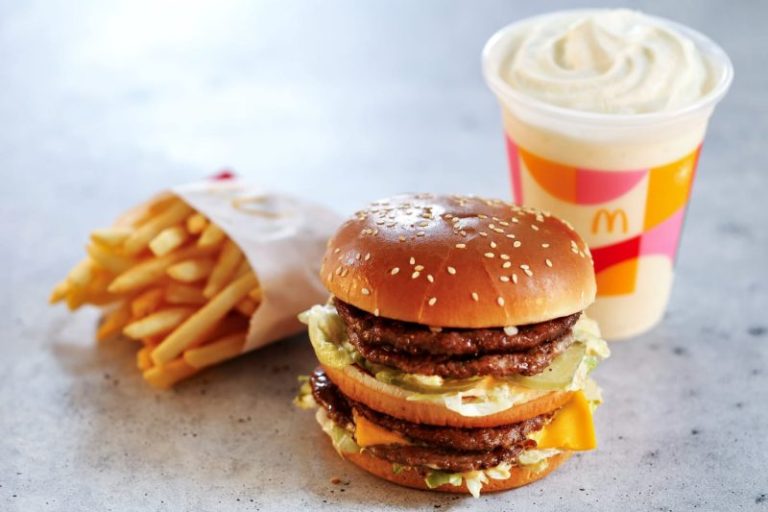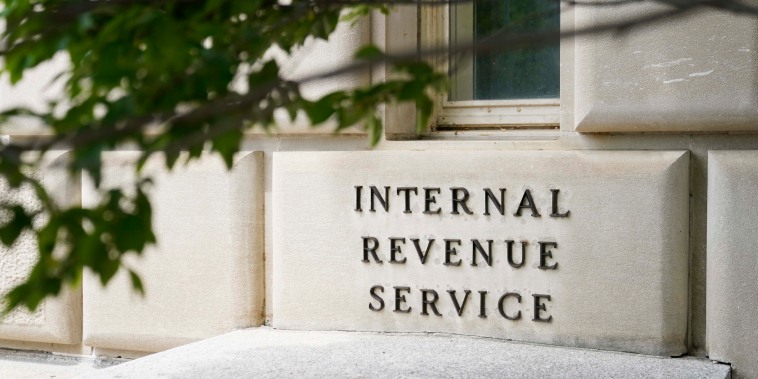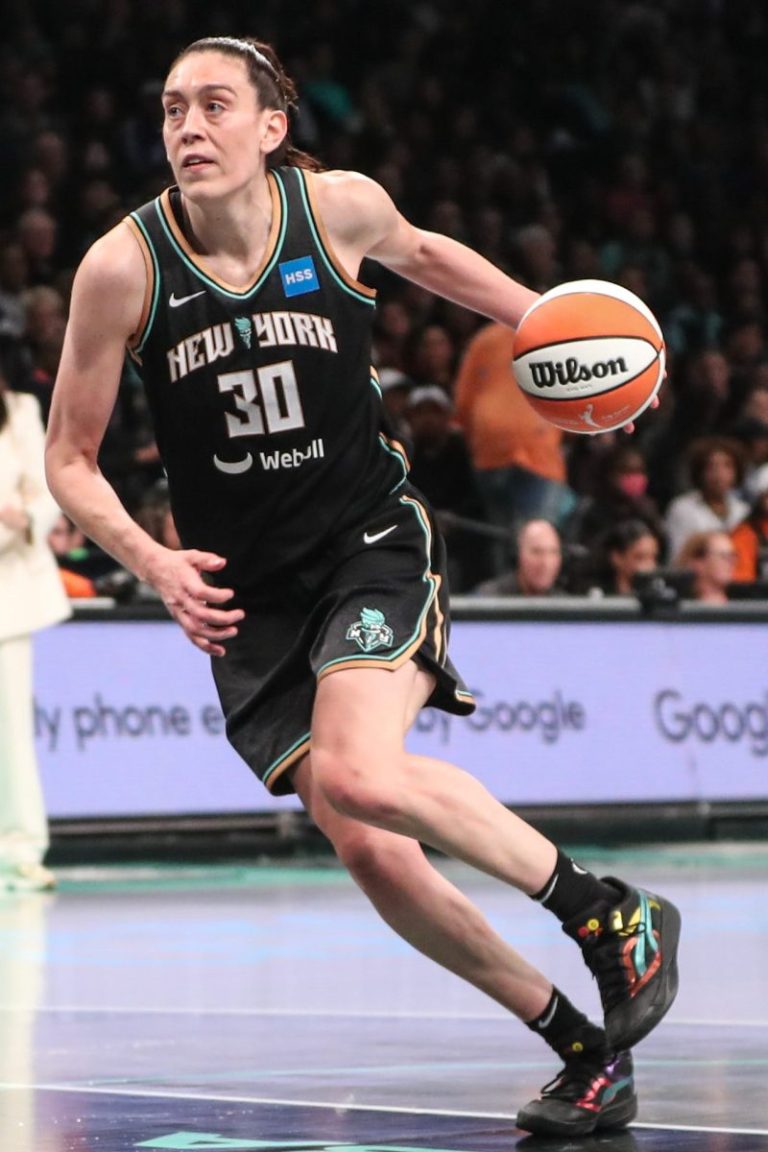Boring and captivating rarely coexist, except for contrarians who can uncover the subtle allure in what the mainstream finds mundane. Yet discovering the next “hot” stock often demands looking at assets the popular crowd undervalues and ignores.
That might be the case with Aflac, Inc (AFL). Yes, the company with the duck mascot.
Why Aflac? Remember the market plunge earlier in the week? Well, Aflac was one of the few stocks that surged upward while the broader market plunged, Plus, on Thursday, it waddled its way to the top of several bullish scans, as you can see below.
The focus is on the New 52-week Highs, Stocks in a New Uptrend, and Parabolic SAR Buy Signals.
AFL came up on the first scan (New 52-week Highs), and, if you don’t use the StockCharts scanner, you might want to give it a shot. There, you can find many scans to help you identify attractive stocks that are generally not often mentioned in financial media. You can also use the Symbol Summary, as shown in the image above, to see other scans in which the stock might have appeared.
The Macro View
CHART 1. WEEKLY CHART OF AFLAC. A clear and quiet uptrend with steady momentum.
After the COVID Crash of 2020, many investors were probably trying to figure out which sectors might be most favorable for investment given the economic uncertainties ahead. While healthcare and tech stocks took center stage, perhaps not many were thinking about supplemental insurance stocks like AFL.
As you can see in the above chart, AFL’s bullish momentum jumped toward the end of 2020, kicking off a very steady uptrend that hasn’t stopped. But does that make it a buy now?
Pardon the messy chart.
CHART 2. DAILY CHART OF AFLAC. With an improving SCTR score and steady buying pressure, AFL’s uptrend has proved resilient over the last four years.
The SCTR line at the top shows that AFL’s technical conditions are improving across several timeframes. It isn’t quite above the 90 line, but it may get there sooner than later. The Chaikin Money Flow (CMF) suggests steady buying pressure to fuel AFL’s continued ascension. The three panels below the CMF highlight how AFL is modestly outperforming the S&P 500 (+14%), the financial sector proxy XLF (+8%), and the insurance industry $DJUSIL (+7%).
Now, look at the main price chart itself. AFL is at an all-time high, yet it’s also approaching the top Bollinger Band, which is likely bullish in the case of this uptrending stock. Still, AFL is likely to fluctuate back to the medium band.
If you’re waiting for the stock to dip, a decline to somewhere between the medium and lower band might make for a favorable entry. You might also use the Ichimoku Cloud to identify a favorable support range for entry.
Technically, AFL looks bullish. Still, you’ll want to weigh this against the fundamental picture. Based on the dismal broader market action this past week, you can see that AFL was among the more “defensive” stocks to buck the near-term trend. On a longer time scale, AFL has outpaced its own sector and the broader market since 2022, as shown in the StockCharts PerfChart below.
CHART 3. CHART OF AFL, S&P 500, AND FINANCIAL SECTOR OVER THE LAST FOUR AND A HALF YEARS. Note that AFL began outpacing the broader market and financial sector in 2022.
However, Wall Street analysts’ highest 2024 target is $95 a share. Historically, stocks meet or exceed analyst high-mark targets only 35% of the time. Will AFL manage to do either this time around?
Closing Thoughts
Aflac, known for its iconic duck mascot, has exhibited strong resilience and steady upward momentum. This was particularly evident during the last week’s market downturn when it surged against broader market declines. Despite bullish technicals, it’s essential to consider AFL’s fundamental outlook and the broader market conditions when deciding whether to pull the trigger. If you want to accumulate a few shares, you might consider waiting for a pullback. The levels to consider entering a position are discussed above.
Disclaimer: This blog is for educational purposes only and should not be construed as financial advice. The ideas and strategies should never be used without first assessing your own personal and financial situation, or without consulting a financial professional.










